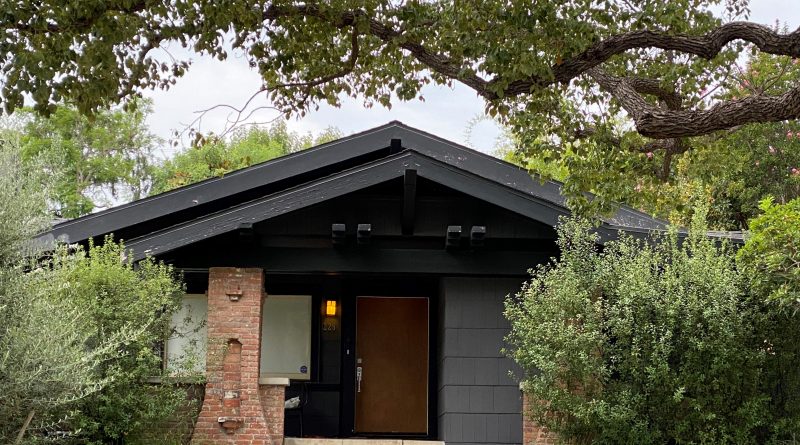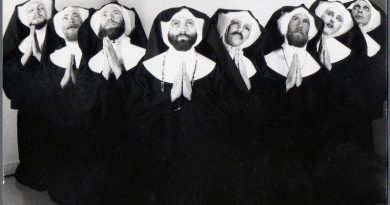Beauty of California Craftsman Architecture
American Craftsman is an American domestic architectural style, inspired by the Arts and Crafts movement, which included interior design, landscape design, applied arts, and decorative arts , beginning in the last years of the 19th century.
The style began the move away from Victorian ornamentation toward simpler forms; and the Prairie style of Frank Lloyd Wright.
The name “Craftsman” was appropriated from furniture-maker Gustav Stickley , whose magazine The Craftsman was first published in 1901.
The architectural style was most widely used in small-to-medium-sized Southern California single-family homes from about 1905, so that the smaller-scale Craftsman style became known alternatively as the California bungalow .
The style remained popular into the 1930s, and has enjoyed a revival since the late 1990s.
The style is particularly popular in California as the Craftsman style help cool
The building during harsh and hot summers.
The style includes:
- Low-pitched roof lines
- Deeply overhanging eaves
- Exposed rafters or decorative brackets under eaves
- Wide front porch beneath extension of main roof or front-facing gable
- Tapered, square columns supporting porch roof.
- Shingle roofs and siding
- Hand-crafted stone and/or woodwork
- Mixing of materials throughout
If the Industrial Revolution celebrated the wonders of manmade materials and the possibilities of what machines could do for people, Craftsman architecture was an aesthetic reaffirmation of the beauty of natural materials and forms, and the marvels of what humans can make with their own hands.




